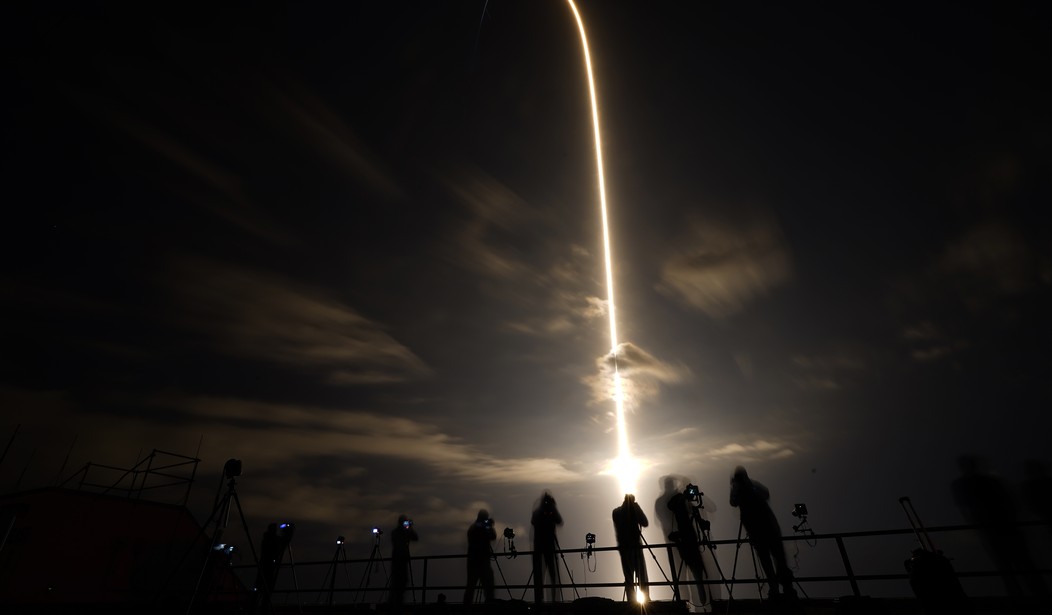It's been a really good week for astrophotography. Today's soundtrack:
I don't remember the last time there were two comets visible at the same time, although my research assistant noted a couple:
Yes, there have been several historical instances where two (or even more) bright comets were visible to the naked eye at the same time, often creating a striking spectacle in the night sky. These events are rare but well-documented, especially in the 20th century. One of the most notable examples occurred in October 1911, when Comet C/1911 R1 (Beljawsky) and Comet C/1911 O1 (Brooks) were both clearly visible in the western sky during evening twilight from around October 10–22.
- Comet Brooks (discovered September 20, 1911) shone at about 1st magnitude with a golden-yellow head and an impressive tail stretching over 15 degrees.
- Comet Beljawsky (discovered September 12, 1911) was slightly fainter but still a striking naked-eye object with a narrow, ray-like tail up to 20 degrees long.
Observers in the Northern Hemisphere described it as a "unique event," with the two comets appearing close together low in the west after sunset, almost like celestial companions. Both faded by late October as they moved toward the Sun.
Other documented cases from the 20th century include:
- August 2004: Comets C/2001 Q4 (NEAT) and C/2004 Q2 (Machholz) both reached naked-eye visibility (around 3rd–4th magnitude) in the morning sky, visible simultaneously for Northern Hemisphere observers.
- January 1978: Comets C/1977 H1 (Kobayashi) and C/1977 T1 (PanSTARRS? Wait, no—actually C/1978 H1 (Bradfield) overlapped briefly with fading remnants of earlier activity, but more precisely, this ties into a trio era; records note dual visibility around then).
These overlaps happen when multiple Oort Cloud comets get perturbed into the inner Solar System around the same time, and their orbits align for Earth-based viewing. If you're thinking of the current pair like C/2024 S1 (ATLAS) and C/2025 R2 (SWAN) in 2025, 1911's duo was similarly mesmerizing!
2 comets C/2025 R2 (SWAN) and C/2025 A6 (Lemmon) spotted last night at Stonehenge ☄️🪨✨
— Astronomy Vibes (@AstronomyVibes) October 1, 2025
Two bright comets streaked across the sky above the ancient monument, glowing vividly against the stars. The scene felt like history and the cosmos colliding — one of humanity’s oldest… pic.twitter.com/e8FwjRovl0
Andrew McCarthy has a showy picture of the Soul Nebula up this week.
I pointed a 12” telescope for 30 hours at the Soul nebula to reveal this: impossibly huge, vibrant structures made of gas and dust
— Andrew McCarthy (@AJamesMcCarthy) October 1, 2025
I loved the resulting image so much I decided to make it January’s image in my 2026 cosmic calendar, now available for preorder in my bio. pic.twitter.com/0ilqqlu7IC
Not to be outdone, Astrobin has this:
Rho Opiuchinand and Antares Nebula by tjm8874 (astrobin) https://t.co/S5o6riKw9s pic.twitter.com/YDTTBEMVvI
— Julio Maiz (@maiz_julio) October 1, 2025
I think we've had the Bubble Nebula before, but this is pretty.
NGC7635 Bubble Nebula in cassiopea constellation by Ben. pic.twitter.com/apRYj5UkLJ
— Julio Maiz (@maiz_julio) September 30, 2025
Here's the Statue of Liberty Nebula in a really nice shot.
NGC3672 The statue of liberty nebula,wallpaper (Pinterest) pic.twitter.com/lPE97Fwk7L
— Julio Maiz (@maiz_julio) September 28, 2025
Two, two, two nebulae in one!
Orion pic.twitter.com/4KY5QEdcdI
— Astronomy Vibes (@AstronomyVibes) September 29, 2025
Here's the neighborhood.
Orion ✨ pic.twitter.com/HxYfLkkWDu
— Shining Science (@ShiningScience) September 9, 2025
Some other excitement.
“SN 1993J” a supernova explosion in progress captured by the Hubble ST. pic.twitter.com/gs2uag7kmt
— Black Hole (@konstructivizm) September 30, 2025
Let's you and him fight.
NGC6188 Emission Nebula in Ara constellation (The Figrhing Dracons) by Piotrek Sawdoski. pic.twitter.com/ykSk0XDDU0
— Julio Maiz (@maiz_julio) September 30, 2025
And the Webb Telescope offers this:
James Webb captures an immense stellar jet blazing on the outskirts of our Milky Way. pic.twitter.com/30IjGxAGbC
— Astronomy Vibes (@AstronomyVibes) September 29, 2025
I think this one is just showing off.
Fascinating: The spiral galaxy NGC 7097 features both double rings and double bars.
— Shining Science (@ShiningScience) September 29, 2025
Interestingly it also exhibits structures known as 'ansae' - bright, streak-like extensions that appear at either end of its central region.
Credit: ESO pic.twitter.com/s4LRmE3cZq
This is the result of a drive-by hit-and-run galaxy.
The Tadpole Galaxy from Hubble 🛰 pic.twitter.com/Rfh2BZTzWM
— Night Sky Today (@NightSkyToday) September 30, 2025
And you thought holiday traffic was bad.
NASA’s James Webb Space Telescope discovered the Cosmic Vine, a chain of 20 linked galaxies spanning 13 million light-years. This structure aids in understanding galaxy clustering and evolution in the early universe.
— Black Hole (@konstructivizm) September 27, 2025
It offers insights into the cosmic web, a network of galaxies… pic.twitter.com/VU9MoSlZIL
You can see some great stuff from Earth, too.
Sunrise as seen from Space pic.twitter.com/DmeA1HFHc2
— Curiosity (@MAstronomers) September 27, 2025
Stars of the galaxy ✨ pic.twitter.com/NBfNXrlqtm
— Shining Science (@ShiningScience) September 30, 2025
Okay, or near Earth.
Solar Eclipse as seen from the ISS. pic.twitter.com/WAjE06Ek1O
— Night Sky Today (@NightSkyToday) September 29, 2025
As always, I can't resist the Seven Sisters.
The Mesmerizing Pleiades
— Black Hole (@konstructivizm) September 27, 2025
This famous star cluster in the constellation Taurus, located approximately 444 light-years from Earth, contains over 1,000 stars, of which approximately seven of the brightest are visible to the naked eye.
Their age is estimated at approximately 100… pic.twitter.com/pMrVjMKoKA
And let's finish off with a spectacular launch shot, taken in twilight, as the rocket was fully sunlit.
Beautiful SpaceX rocket launch 😍 pic.twitter.com/Wl5ulnmKeg
— Dima Zeniuk (@DimaZeniuk) September 28, 2025
And that's this week's Sky Candy. I'm going to plug my friend and sister-by-acclamation, Sarah Hoyt's new book, No Man's Land. It's a big book, in three volumes, and worth it. Also, I've been really slack with my Substack, The Stars Our Destination, but I'm going to get back on the wagon, or off the wagon, one of those two, this weekend.
Also, I've gotten the okay to start doing some science and tech posts that won't be VIP, so keep an eye open. And as always, I love getting comments.
See you next week.










